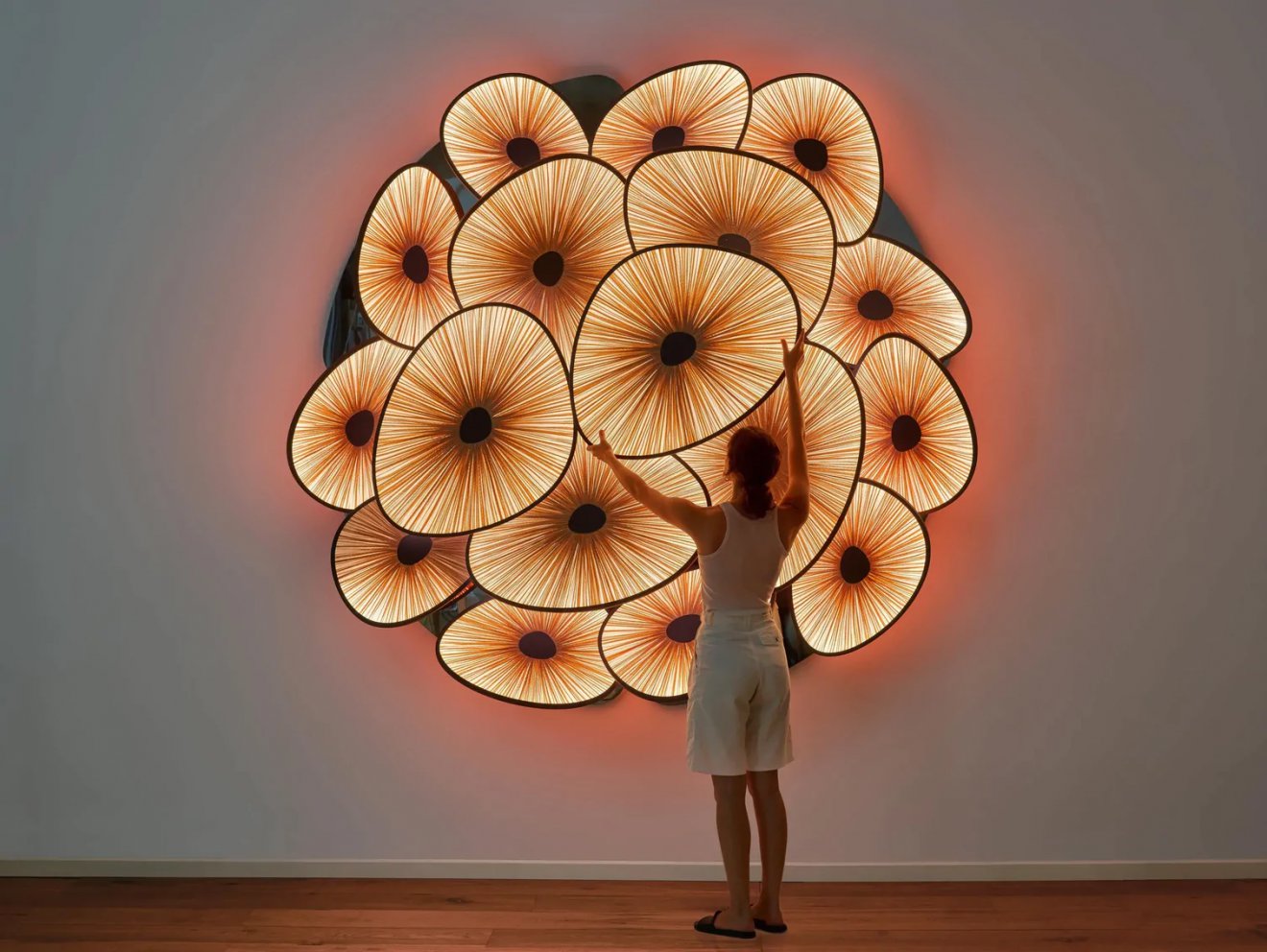
6 February 2023
An Illuminating Affair
“In all my works, light is an important controlling factor” – Tadao Ando
The power of great lighting in interior design is never to be underestimated, arguably having the single biggest influence on the ambience of a space.
Over illumination can make a room feel unpleasant, stark and cold. The simple flick of a switch or adjustment of a dimmer can add layers of atmosphere and interest and is guaranteed to captivate the attention of the end user.
Natural light is unwavering in its positive effect on our well-being and mood, and our advice is always to maximise any natural light that flows into your space. However, natural light is not always an easy thing to control and you should have the tools at hand to be able to deal with this. Ensure you have great quality window coverings such as lined/thick curtains or blinds in place to avoid oppressive glare from the sun or a room overheating during the summer months. Choose blinds that are alterable such as venetian or shutters to help control the amount of light and the angle at which it enters a room.
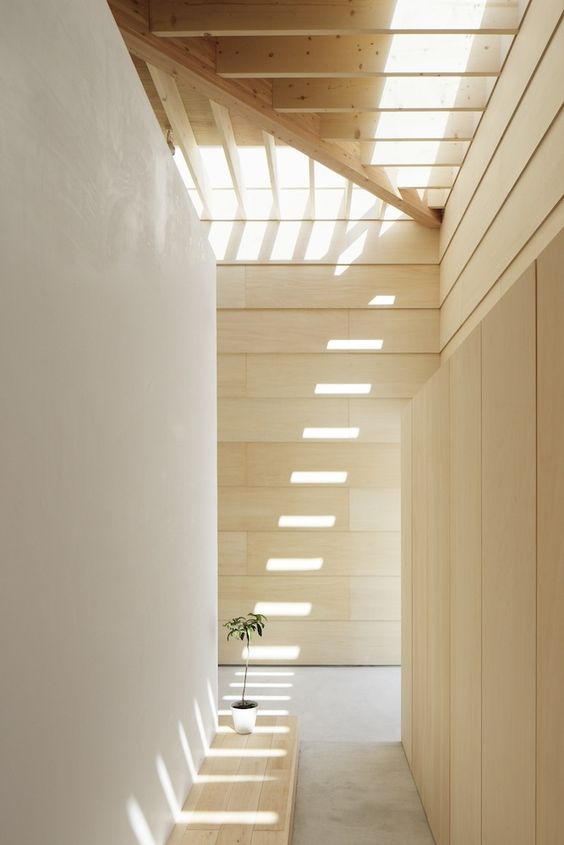
Of course, we can’t just depend on natural light for the function and aesthetic of our interiors, artificial light plays a vital part in bringing depth and mood into our environments. A general rule of thumb is the warmer the light used, the more it will soften a space. Artificial light can also be used to draw attention to specific features, demarcate different areas and alter the perceived dimensions of a room.
Let’s shed some light (see what we did there?) on the different type of artificial lighting used in interior design.
There are 5 key categories to consider when planning a lighting scheme for your project:
General & Ambient Lighting
The bricks and mortar of any lighting scheme, general lighting is used as the function and uniform blanket of illumination brought into your space and works independently from other light sources. General lighting is always direct and has functionality rather than aesthetic value. The most common source of general lighting is a central pendant light. Aesthetic can certainly be considered when selecting a light fitting for this purpose, a stylish pendant or chandelier will draw the eye in and act as a great statement piece for the room. General lighting cannot be relied on solely to carry the atmosphere of a space and should work in harmony with other types of lighting installed in your project.
Ambient lighting provides a similar function to general lighting as it is used to illuminate a whole area. The two make great partners and work together harmoniously. Ambient lighting is almost always fitted with a dimming system and is indirect, meaning its effect is softer and more gentle. Ambient lighting can me made responsive to the occasion meaning it is the perfect choice for entertaining, for example, as it creates mood and drama.
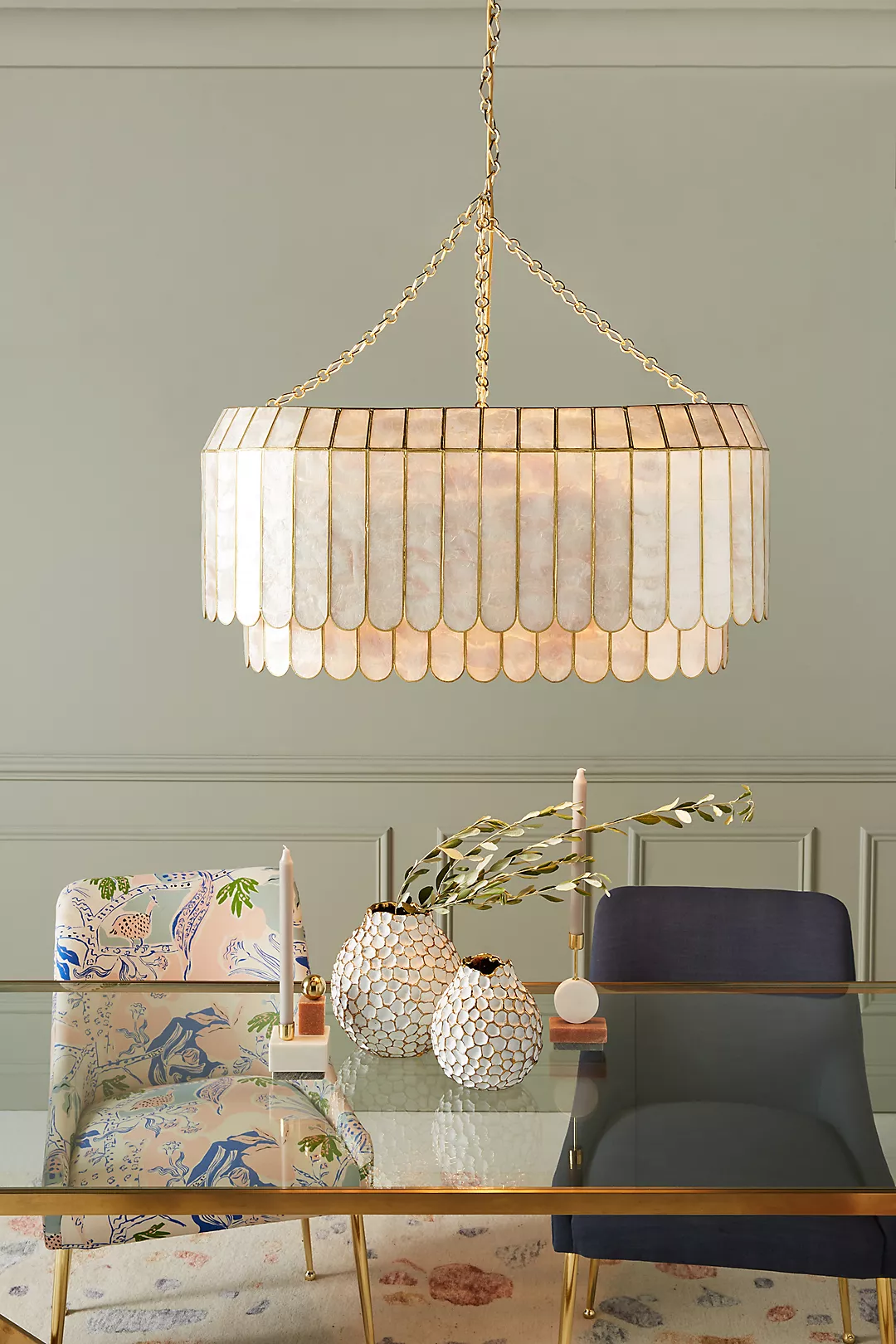
Image credit: Anthropologie Task Lighting
The clue is in the name with this one. Task lighting provides illumination for specific tasks such as reading, cooking, studying etc. Task lighting is often of a stronger wattage than other types of lighting and should always be used in conjunction with general/ambient lighting to protect eyes from straining from brightness levels and the level of contrast between light and dark areas. Adjustable arm lamps are great for desks whilst lights fixed to headboards are great for bedtime reading. In the kitchen, spotlights under cabinets, recessed downlights above worktops and low-hung pendant lights over islands make food prep a cinch. In bathrooms, lights over mirrors are perfect for make-up application or shaving. Task lighting can also be used to highlight directional flow on floors or stairs
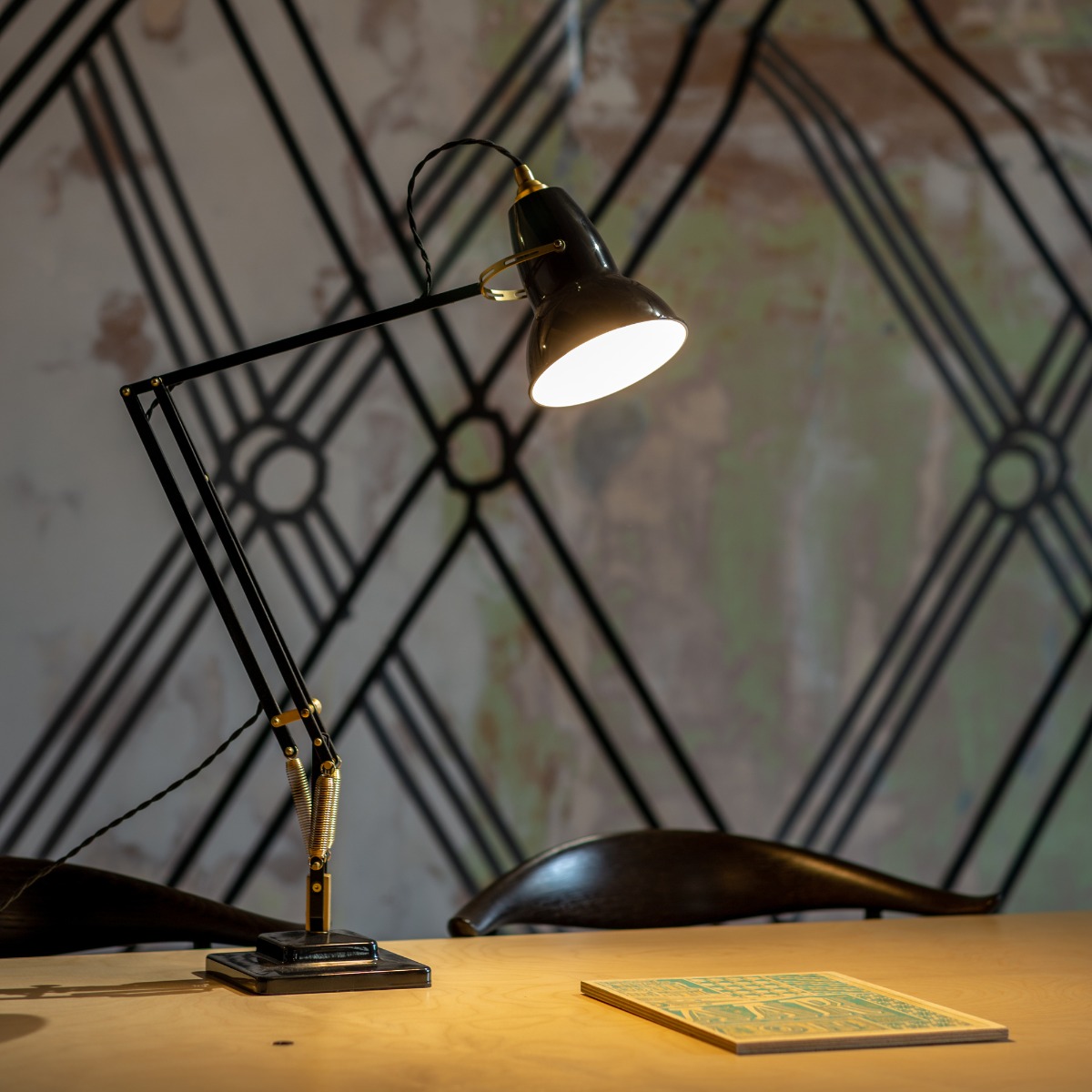
Image credit: Anglepoise Mood Lighting
Vital to the atmosphere of any room, mood lighting creates glowing pockets of warmth and counteracts shadows caused by general lighting. The fashionista of the lighting world, mood lighting holds style and function in equal value. Mood lighting is often the type of lighting that sits closest to eye level so be wary of shading from glare. Opt for lower wattage bulbs to help with this and to avoid counteracting the intended effect. Eye catching floor and table lamps are perfect for this role.
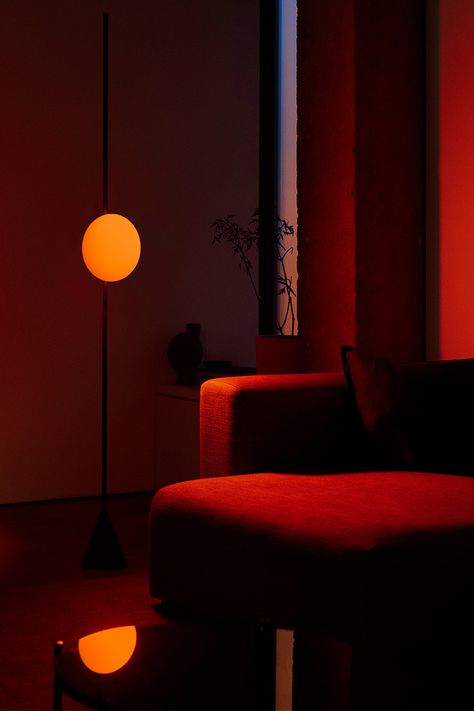
Image credit: Haberdashery Accent Lighting
Accent lighting is similar to task lighting as it has a specific function, that is to draw our attention to a particular feature in a space. Spotlights are among the most common form of accent lighting and are often seen highlighting artwork and other decorative items on display. A higher wattage is again required to prevent objects getting lost in an under-illuminated space.

Image credit: Dark and Design
Some DOs and DON’Ts when it comes to lighting your project:
DO Consider the flow of your space and avoid sharp contrasts between light and dark. This will have a negative impact on the cohesion of a design scheme and will also have a negative impact on your eyesight.
DO Incorporate dimmer switches into the lighting scheme you choose. It is important that your lighting is adjustable and responsive to the occasion.
DO Pay attention to the quality, thickness and colour of shades. These will all have an influence on the light that is emitted.
DO Be careful and considerate when choosing the wattage of a bulb. Lower wattages create softness and drama, higher wattages are vital for task and accent lighting.
DON’T Just choose one central light source. A layered scheme is essential for creating ambience and lessening unflattering shadows.
DON’T Leave exposed wires on show, this is dangerous and will give an untidy overall appearance.
DON’T Ignore the quality of other details such as outlets, switches etc. Choose the highest quality fittings where possible that will blend seamlessly into your design scheme.
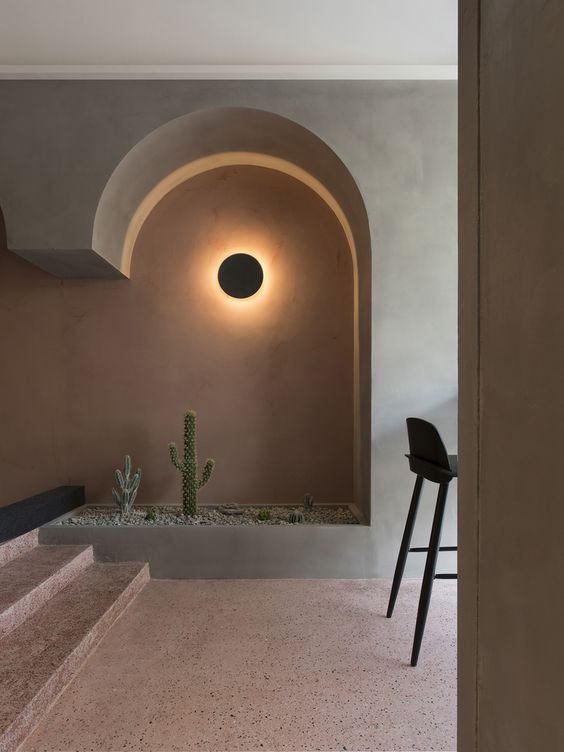
Which lighting choices will you making for your next project and why?
